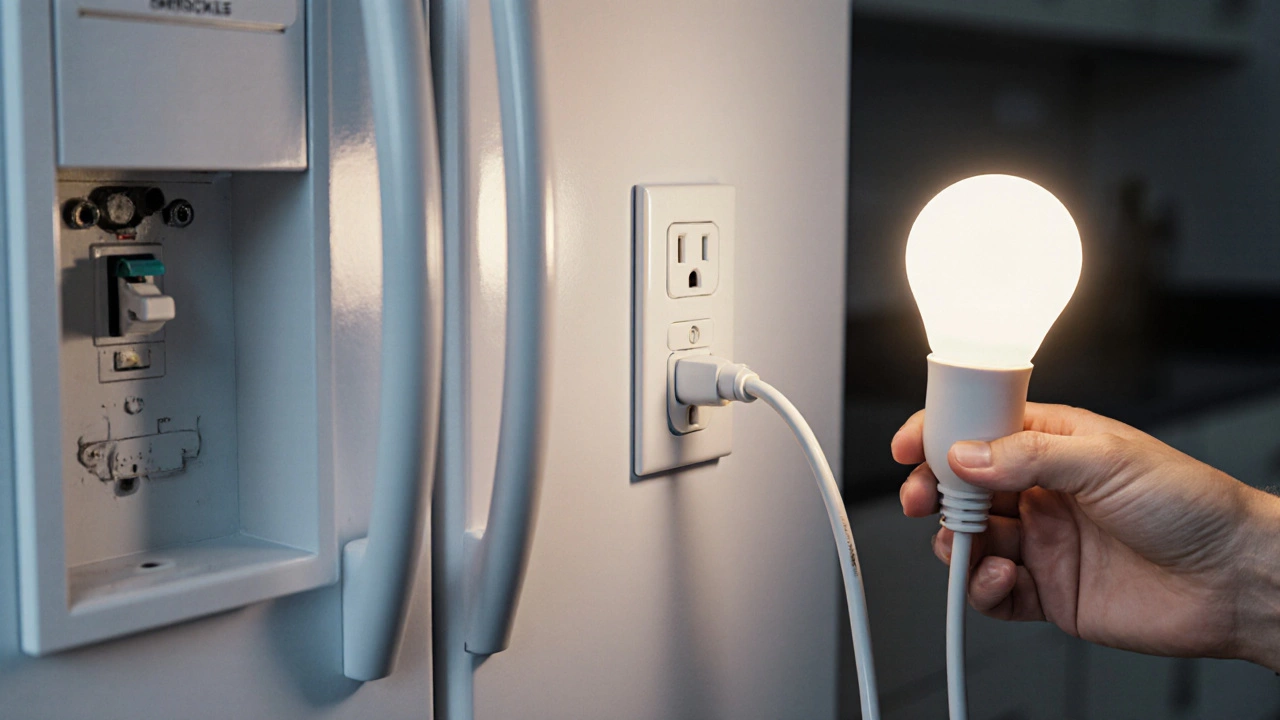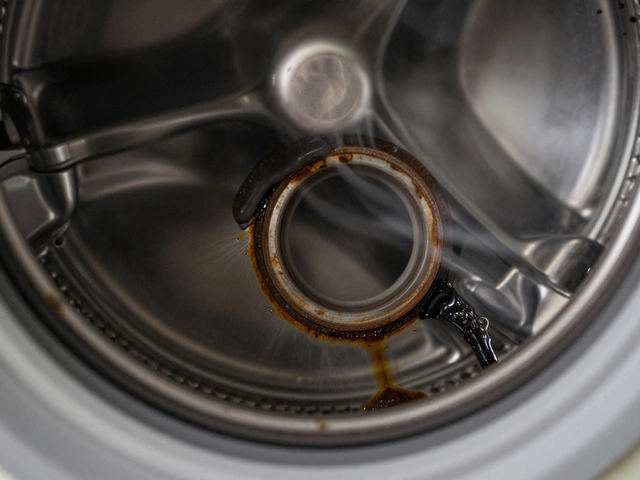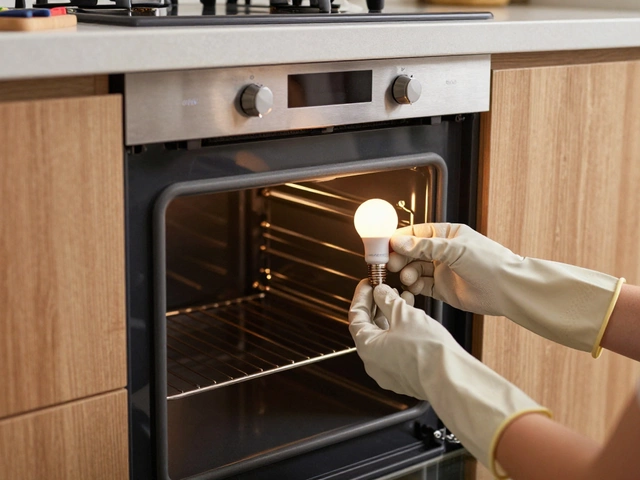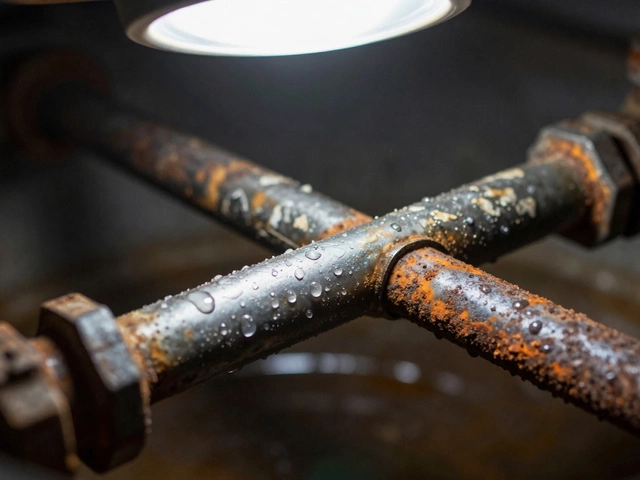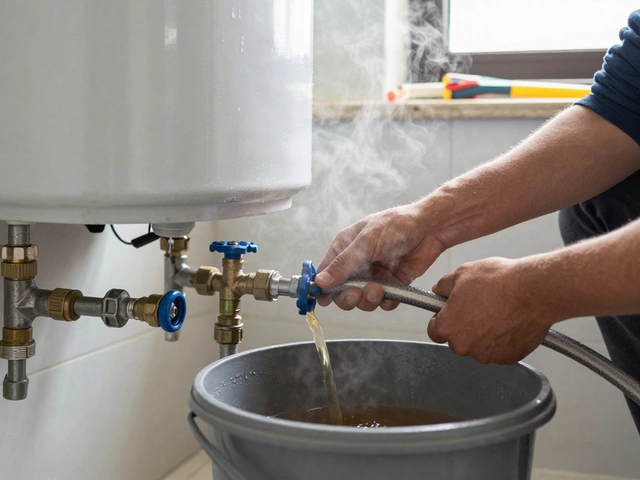Fridge Troubleshooting: Quick Fixes You Can Do Today
Got a fridge that’s acting up? You’re not alone. Most fridge hiccups are caused by a few easy‑to‑check things. Below you’ll find straight‑forward steps that can save you a call to the repair shop – and a few minutes of your time.
Why Isn’t My Fridge Cooling?
Start by checking the temperature dial. It may have been nudged or set too high during a power surge. Set it to the middle range (about 37–40°F for the fridge, 0°F for the freezer) and give it a few hours to stabilize.
Next, look at the coils at the back or underneath the unit. Dust and pet hair act like a blanket, keeping the compressor from shedding heat. Unplug the fridge, pull it away from the wall, and vacuum or brush the coils clean. A quick brush‑off can boost efficiency dramatically.
If the fridge still feels warm, listen for the compressor humming. No sound? The fridge may not be getting power. Check the outlet with a lamp or phone charger. If the outlet is dead, reset the circuit breaker.
Finally, make sure the door seals are tight. A cracked or warped gasket lets cold air escape, forcing the fridge to work harder. Close the door on a dollar bill – if it slides out easily, the seal needs cleaning or replacement.
Other Common Problems and Quick Fixes
Odd noises. A rattling sound often means something inside is loose – maybe a shelf or a jar. Secure any loose items and see if the noise stops. A buzzing or clicking might be the defrost timer; a simple reset (unplug for five minutes, then plug back in) can clear it.
Water leaking. Most leaks come from a blocked defrost drain. Locate the drain hole at the back of the freezer, pour a little warm water through it, and clear any debris. If the tray under the fridge is full, empty it and clean it with mild detergent.
Ice buildup in the freezer. This often points to a stuck door seal or a faulty defrost timer. First, check the seal as described above. If it’s good, manually defrost the freezer: turn the fridge off, leave the door open, and let the ice melt. Clean the interior before turning it back on.Frosty freezer walls. If you see frost on the freezer walls but the fridge stays cool, the evaporator fan may be jammed. Unplug the fridge, remove the back panel, and gently spin the fan blade. If it’s stuck, a quick cleaning with compressed air can free it.
When you’ve run through these checks and the fridge still misbehaves, it’s time to call a professional. At Hinckley Home Appliance Repair Services we can diagnose compressor issues, refrigerant leaks, or electronic control failures that require specialised tools.
Remember, regular maintenance keeps problems at bay. Clean the coils every six months, wipe the door seals weekly, and keep the fridge away from heat sources like ovens or direct sunlight. A little care now saves big headaches later.
So next time your fridge throws a tantrum, try these simple steps first. You’ll often get it humming along again without the extra cost of a service call. If not, we’re just a phone call away – ready to get your food staying fresh again.
15 October 2025
·
0 Comments
Discover the top thing to check when your fridge stops working, plus a full troubleshooting checklist, power tips, and when to call a pro.
Read more
14 March 2025
·
0 Comments
If your fridge is on the fritz and not cooling, there's no need to panic. This article provides practical advice for diagnosing and fixing common refrigerator cooling issues. Learn about potential reasons your appliance might be acting up, including power supply problems, dirty coils, and faulty thermostats. Alongside clear explanations, you'll find quick tips and solutions to ensure your food stays fresh. With a bit of troubleshooting, repair might be easier than you think.
Read more

